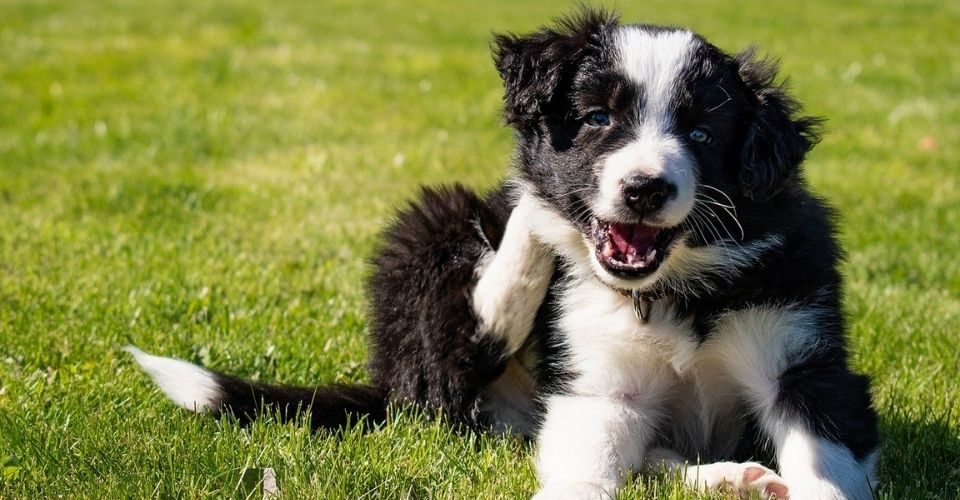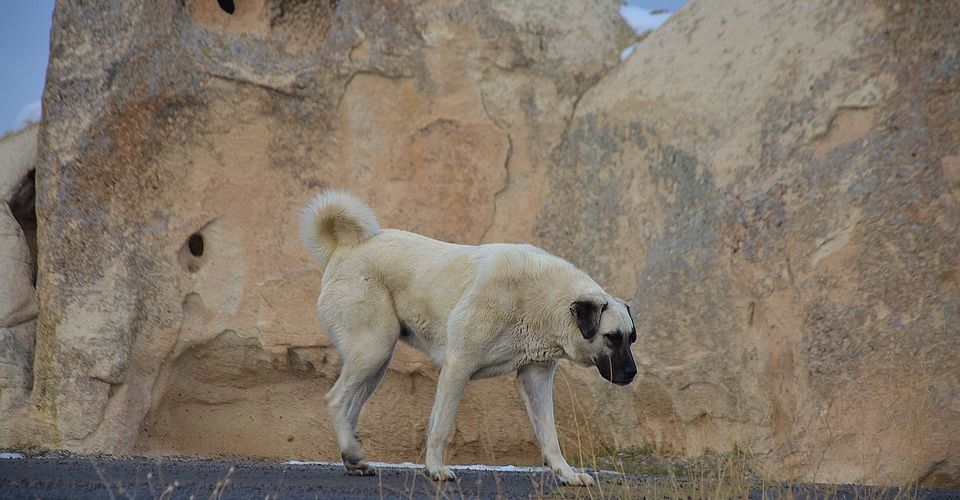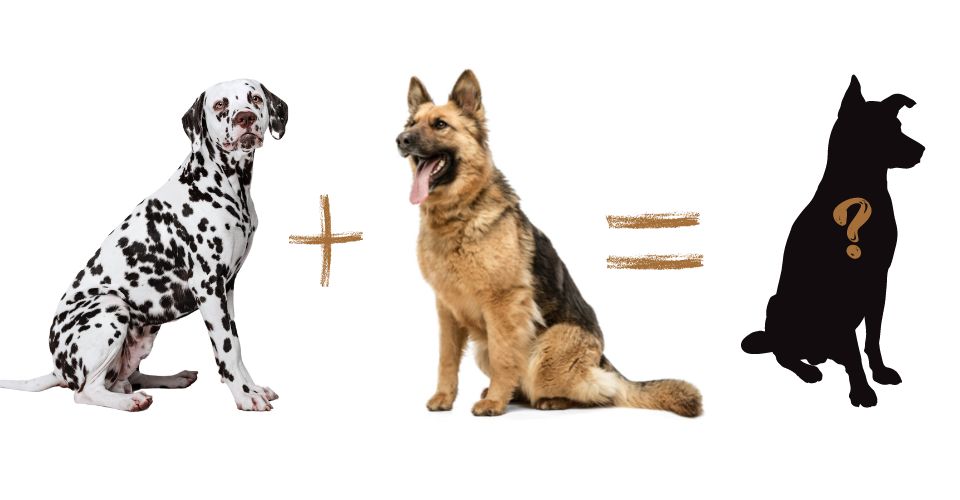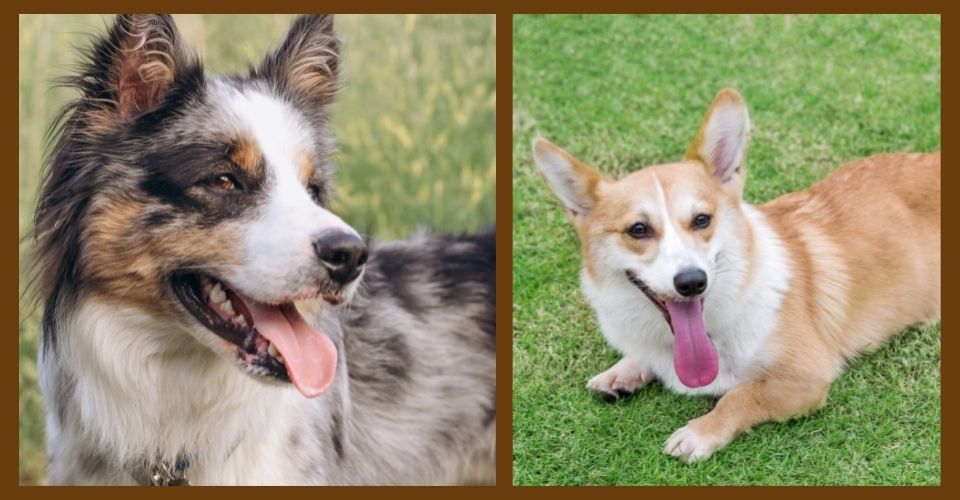Crossbreeds are vastly preferred throughout the world. Breeders create designer crossbreeds to get the best of the two worlds. They thoroughly excogitate to ensure that the offspring the best traits. Borderdoodle is one of the many examples of such designer crossbreeds.
Borderdoodle, also known as Bordoodle, is a mix between Border Collie and Poodle. This hybrid breed is playful, intelligent, and friendly and was recently recognized by organizations such as American Canine Hybrid Club, Designer Breeder Registry, and other similar kennel registries—making them one of the newest breeds around.
Origin
As Borderdoodle is a crossbreed, there is not much history about the breed to discuss. However, to understand the Borderdoodle breed better, it is important to have a brief overview of the parents—Bordie Collie and Poodle.
Border Collie
The Border Collie was originally bred in Scotland and thrived on the hilly border of Scotland and England to gather and control sheep. They’re notorious for their eyes and stare. It is not clear when the breed was first seen. However, the first-ever recorded sheepdog trial took place in 1873 in Bala, Wales. People were flabbergasted to see the Border Collie successfully herding the sheep into a small sheepfold.
Poodle
The Poodle is also known as the “national dog of France.” However, the breed was first seen in Germany around 400 years ago and was referred to as “duck hunters.” The breed name comes from the German word “pudelin,” which means “to splash in the water.”
Temperament
Children and Borderdoodle dogs get along really well. They are good family dogs due to their playful nature. Borderdoodles are not very friendly towards strangers, but there is no turning back once they get comfortable with someone new. They are not very sensitive and can quickly adapt to new environments. They can also tolerate harsh weather conditions. Due to their size, Borderdoodles can easily live in apartments. Borderdoodles are not very active—can be easily controlled. They are highly intelligent and loving. However, abandoning them for a long period can affect their mental health—leading to separation anxiety. If you’ve never owned a dog before, Borderdoodle can be a good option to give you a headstart.
Borderdoodle Cost
There are many sources that state that the price of the dogs can vary from $700 to $1600. But you can also find some for a much higher price due to their coat and inheritance as this source states that they can vary between $2500 to $3500.
Another way of getting your hands on Borderdoodles is to rescue them. Many rescue shelters houses have numerous dogs waiting to be adopted. Many argue that this is a more convenient way instead of buying the dog. However, as the Borderdoodles are expensive and few in numbers, they are hard to find in shelters.
Borderdoodle Size
With a life span of 12 – 15 years, Borderdoodles are between 12 – 22 inches tall with a weight of around 30 – 60 pounds. The size is entirely dependent on the size of their Poodle parent. The size of the Borderdoodle puppy can vary. Borderdoodles are usually medium-sized dogs with extremely athletic bodies. They also have small and cute eyes and noses, whereas their ears do not stand erect.
Mini Borderdoodle
As mentioned earlier, the Borderdoodle size is dependent on the Poodle parent—if the Borderdoodle has a Miniature Poodle parent, the dog will classify as a mini Borderdoodle. They are tiny and weigh very little. On average, the height of a mini Borderdoodle can vary between 11 – 14 inches, with a weight of around 12 – 20 pounds. The maximum height they can reach is 15 – 20 inches with maximum weight of 20 – 40 pounds. Other factors that can affect the size of the breed include gender, parentage, and breed generation. The Border Collie breed also has an impact—if they are smaller than the average, the offspring would more likely be smaller.
However, it must be noted that such slight variations in the size and weight of the dog do not affect its personality or significant bearing on any trait.
Do Borderdoodles Shed?
Hypoallergenic dogs are unlikely to cause an allergic reaction to people. Even though no breed is 100 percent hypoallergenic, some dogs are less likely to cause a reaction due to low hair shedding. The common thing in such breeds is that they either have curly hair that catches the shedding or a double coat that prevents hair from falling or shed less in general. Borderdoodles are considered to be a hypoallergenic breed. They get this from their Poodle parent. However, there is no guarantee that the dominant genes would be of the Poodle. They can also inherit more from the Border Collie—which is not hypoallergenic. Borderdoodles require weekly brushing that will get rid of allergens and ward off the tangles. They do not require much maintenance—a great choice for novice owners.
Training a Borderdoodle
Borderdoodles are extremely intelligent and friendly dogs who have a high desire to please their owners. They are quick learners and easy to train. If you use positive reinforcements as well as a firm tone, they will react very well to it. Borderdoodles are more inclined to learn and follow commands while being obedient, and they do not require a lot of repetition.
Common Health Complications
As Borderdoodle is a mixed breed, they are most likely to inherit common health complications from both parents. However, it is also a fact that hybrid dogs are likely to be healthy due to the diversity in their genetics.
Borderdoodles mostly brook from allergies, hips dysplasia, epilepsy, and progressive rental atrophy. It is important to keep an eye on your pet and have regular visits to the vet. This can help detect any health issue before it becomes a fatal problem.





